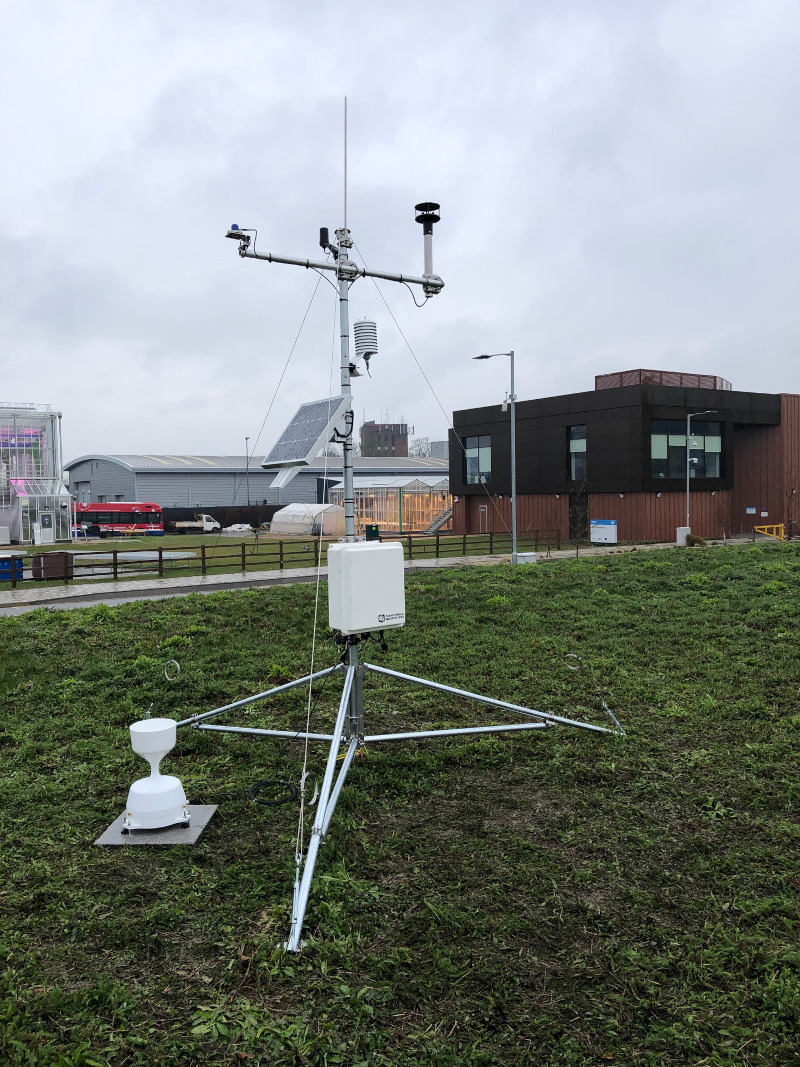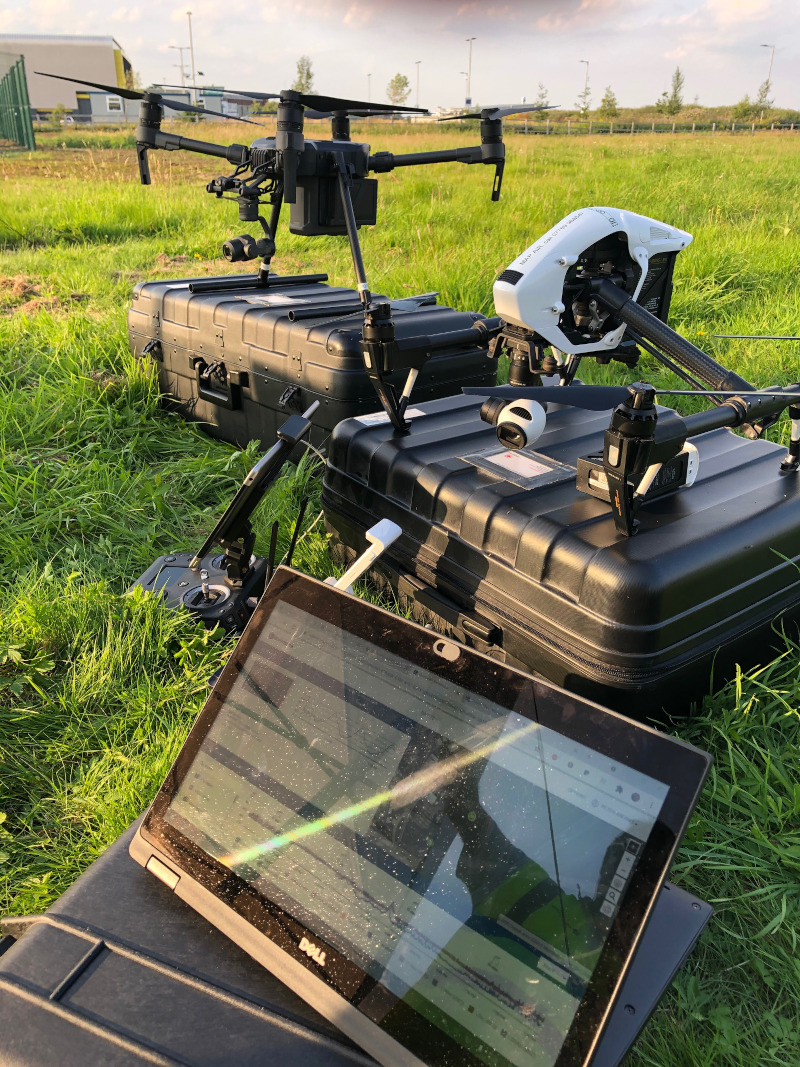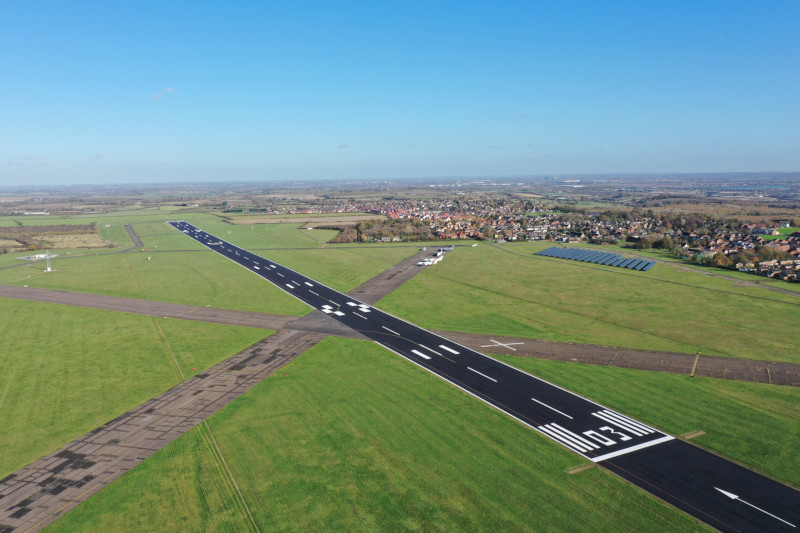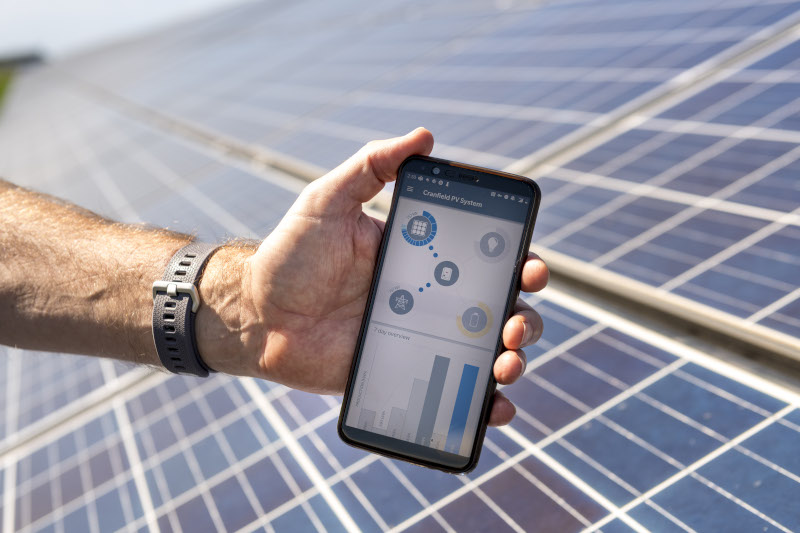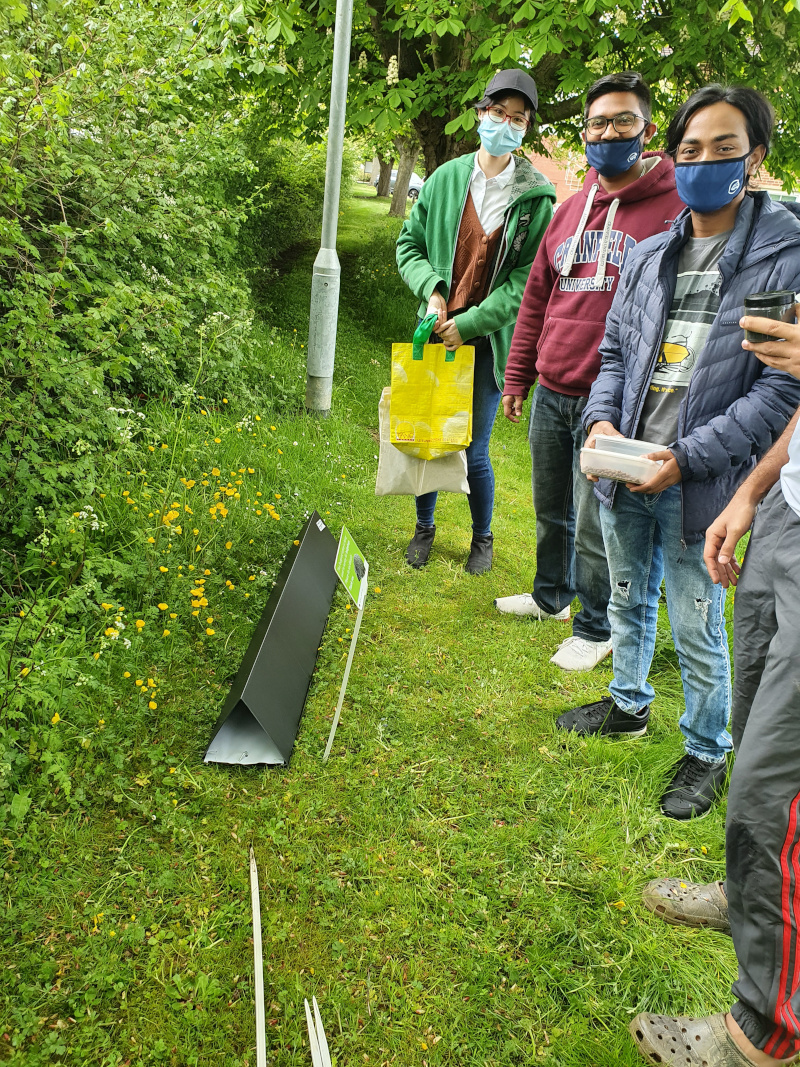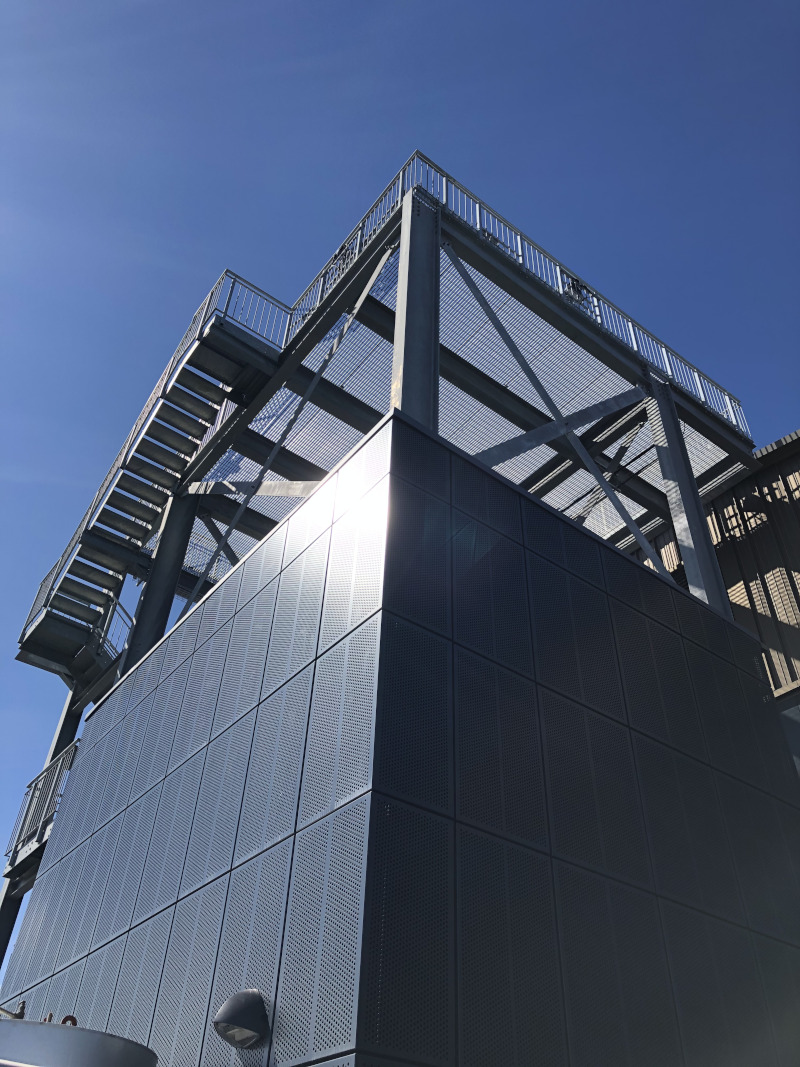Cranfield scientists commence work on the 'SOILL-Startup' Soil Living Laborotories project
The "A Soil Deal for Europe" Mission aims to accelerate the transition to healthy soils by 2030 through the establishment of 100 Soil Health Living Labs and Lighthouses (SHLL/LHs) that will drive the development and adoption of solutions. The Framework Partnership SOILL, led by ENoLL (the international association of certified Living Labs), has been created to coordinate, support, expand, and promote the network of 100 SHLL/LHs.
During the initial two years of SOILL, the SOILL-Startup project will collaborate with the first waves of SHLL/LHs and key stakeholders to launch the SOILL one-stop structure. This involves:
- Establishing a high-quality structure for SHLL/LHs with clear processes and procedures. A web-based Hub will be created to facilitate outreach, collaboration, support, and monitoring within and beyond the 100 SHLL/LHs network.
- Providing comprehensive support to SHLL/LHs for a harmonized and sustainable approach within the network. This includes capacity building through training and supporting tools on methodologies, technical aspects, and crosscutting areas. Regular monitoring and evaluation of SHLL/LHs will be conducted based on a consolidated assessment framework.
- Supporting network expansion by promoting, engaging, matchmaking, and advising applicants to Mission calls. Events will be organized to showcase funding opportunities, provide examples, and disseminate information on the SHLL/LH concept and its implementation. Webinars, coaching, and matchmaking will assist applicants in conceptualization and consortia creation for their applications.
- Facilitating knowledge exchange, collaboration, and synergy creation within the SHLL/LHs network and the wider community. SOILL-Startup will enhance the visibility and accessibility of the SHLL/LHs, their work, and achievements. Mutual-learning events, collaborative platforms, mutual visits, and matchmaking will facilitate collaboration opportunities, knowledge sharing, and solution uptake.


